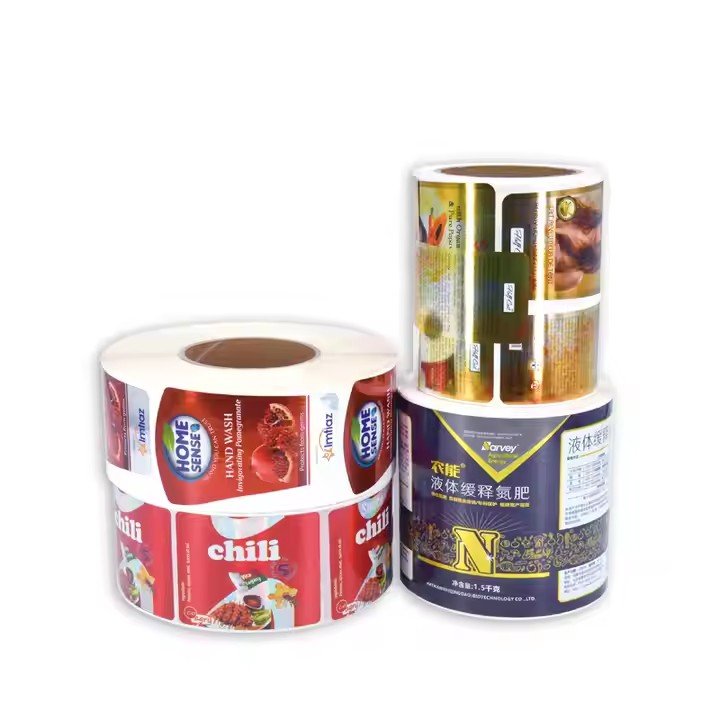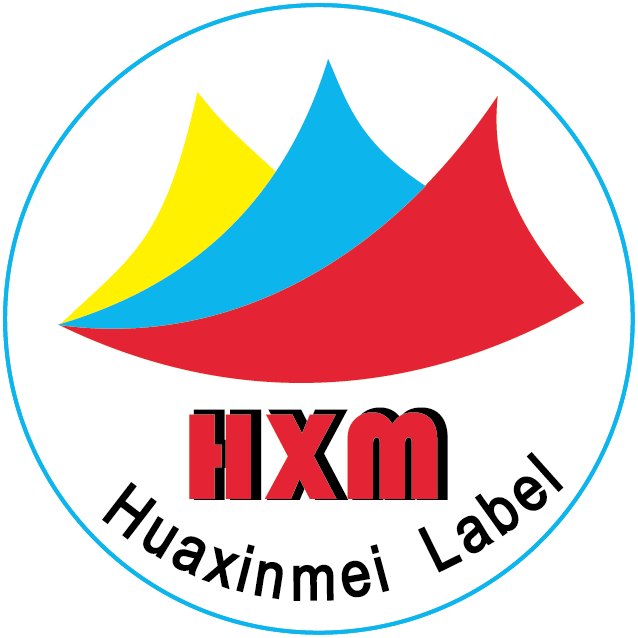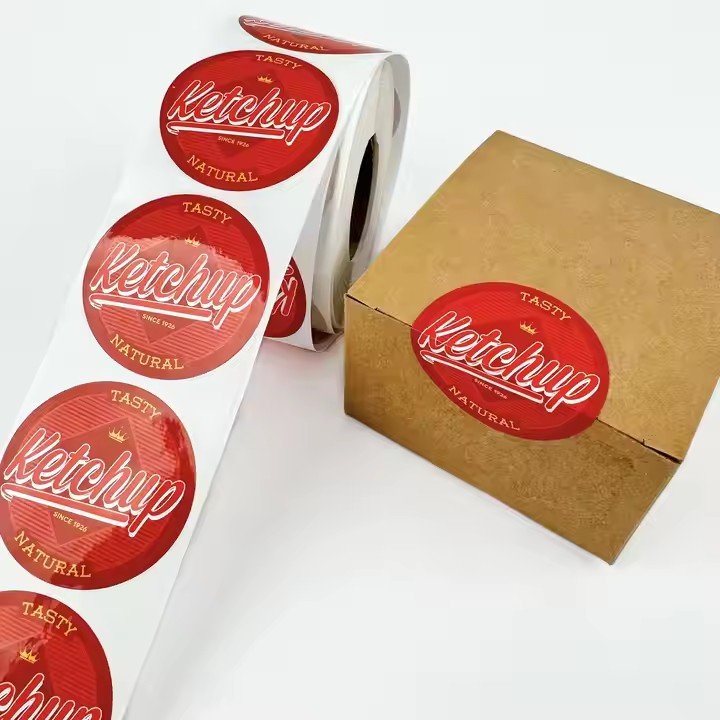- Color Coordination: Follow Children’s Visual Perception Rules
Children perceive colors differently from adults, so color design for children’s labels should balance attractiveness, recognizability, and emotional guidance, while avoiding overstimulation or monotony.
Core Color Choices: High Saturation, Low Contrast
Younger children (ages 3–6): Use bright primary colors such as red, yellow, and blue, along with cheerful tones like orange, green, and pink. These colors easily catch children’s attention and match their developing vision.
Example: A stationery label with a yellow background and red pattern, or a pink base with blue text, creates a clear but soft visual contrast.
Older children (ages 7–12): Introduce more variety with transitional shades like lavender, light cyan, and warm brown, and try gradient or color-block combinations (e.g., blue-white or orange-green). Avoid using more than four main colors to maintain clarity and prevent visual clutter.

Functional Use of Color: Support Learning and Differentiation
Colors can help children build memory links between color and function.
Red labels for “warning/danger” (e.g., scissors, medicine).
Green labels for “safe/usable” (e.g., toys, markers).
Blue labels for “study items” (e.g., notebooks, textbooks).
This approach enhances both safety awareness and organization skills.
Emotional Matching: Convey Positive Feelings Through Color
Avoid dull or heavy tones like dark gray or brown. Use warm yellow or soft pink for warmth, sky blue or light green for freshness, and orange for energy.
Example: A snack label with a yellow-orange palette can create a cheerful, tasty mood, while a schoolbag tag with blue and white cloud graphics gives a relaxed, friendly feel.
- Graphic Design: Create Fun and Familiar Visuals for Children
Children respond much better to images than to text. Graphics should be cute, concrete, and story-driven, helping kids connect emotionally with the label.
Character Design: Simplify and Add Playfulness
Animal characters: Choose child favorites like pandas, rabbits, bears, or dinosaurs. Simplify their forms into soft shapes (round heads, oval bodies) and use expressive faces (big eyes, smiling mouths).
Example: A cup label featuring a cartoon bunny holding a cup, drawn with rounded lines, looks friendly and engaging.
Objects and plants: Animate everyday items by giving them faces or limbs—like a smiling pencil or a waving flower—to make static things come alive.
Example: A notebook label showing a cartoon notebook “opening its arms” adds fun and personality.
Scene-Based Graphics: Connect to Daily Life
Integrate familiar scenarios to help children understand use and purpose.
Example: A clothing tag showing a child folding clothes, or a toy label with children playing together—both promote messages like “sharing” and “happiness.”
Interactive Graphics: Encourage Participation
Add elements that children can engage with, such as:
Puzzle-like graphics (two or three pieces that form a full picture).
Maze outlines along label edges for finger tracing.
Coloring areas for kids to fill in.
Example: A craft material label showing an uncolored cartoon hand with the text “Color me in!” encourages creativity and hands-on play.
- Materials and Craft: Safety First, Then Durability and Fun
Children’s labels must prioritize safety and non-toxicity, while remaining durable and fun to touch.
Material Selection: Safe and Functional
Base materials: Use food-grade PP plastic, eco-friendly paper, or silicone—free of formaldehyde and odor—to meet standards like GB 5296.5 (Safety of Toys).
Example: Labels on cups or lunch boxes should use heat-resistant silicone; labels for books can use thick coated paper to prevent tearing.*
Special materials: For younger children, waterproof or washable labels make cleaning easy. For older kids, writable matte labels allow personal drawings with markers.

Craft Design: Enhance the Tactile Experience
Textured finishes: Use embossing, foil stamping, or flocking to add sensory depth.
Example: A flocked animal ear on a sticker gives a “furry” touch; embossed text helps children with low vision recognize information by feel.*
Practical finishes: Round the corners to avoid scratches and use removable adhesives for easy repositioning without leaving residue.
- Information Display: Simplify Text and Strengthen Visual Guidance
Since children have limited reading ability, labels should be image-led with minimal text, ensuring clarity and easy understanding.
Text Design: Simple and Fun
Keep content short: Only include core information such as item name or usage. Avoid long sentences.
Example: On a paintbrush label, use simple words like “Watercolor Brush” or “Washable,” rather than long product descriptions.


